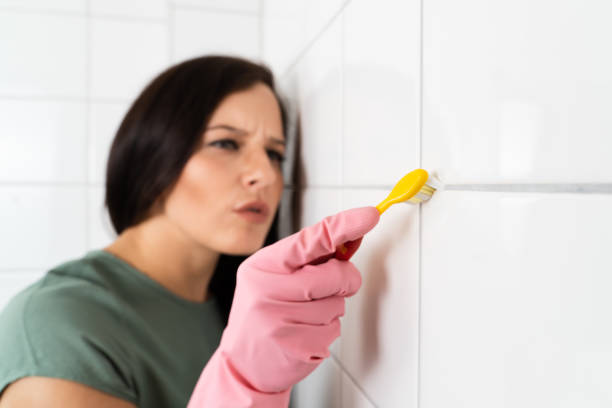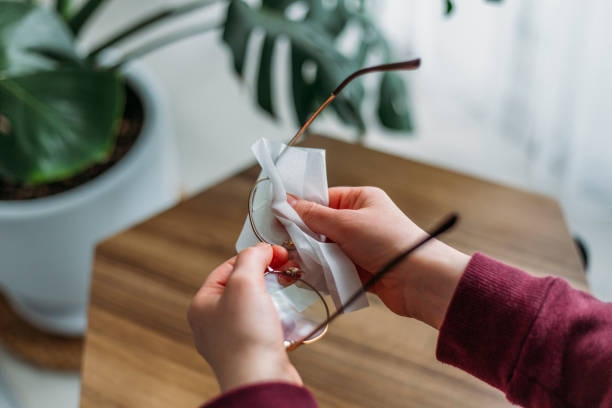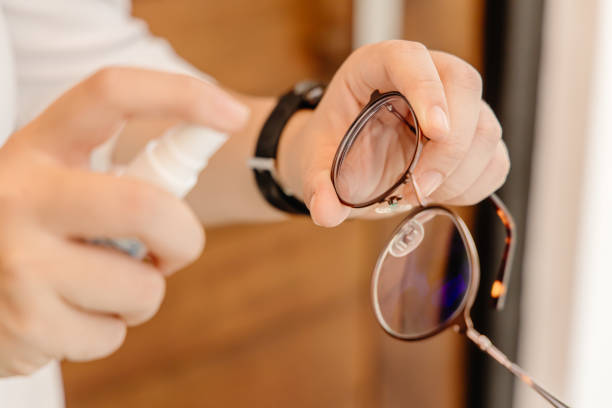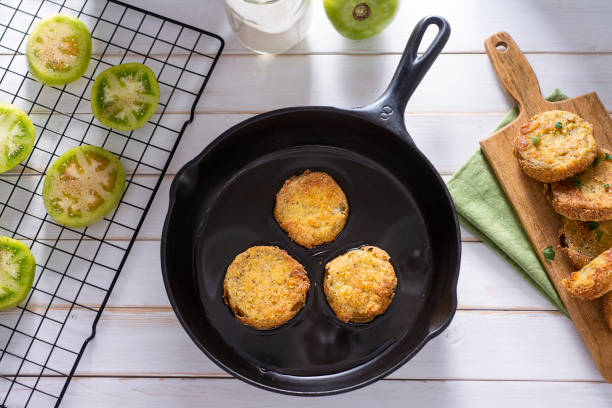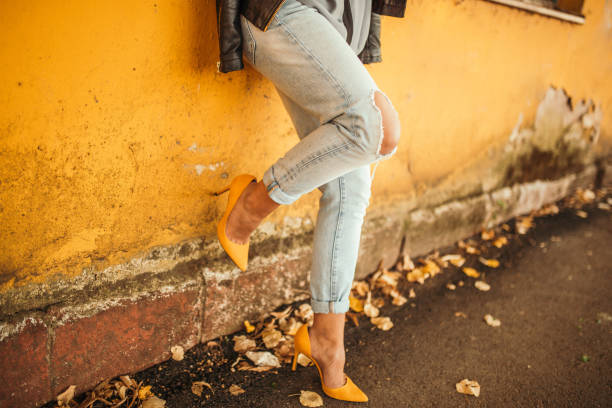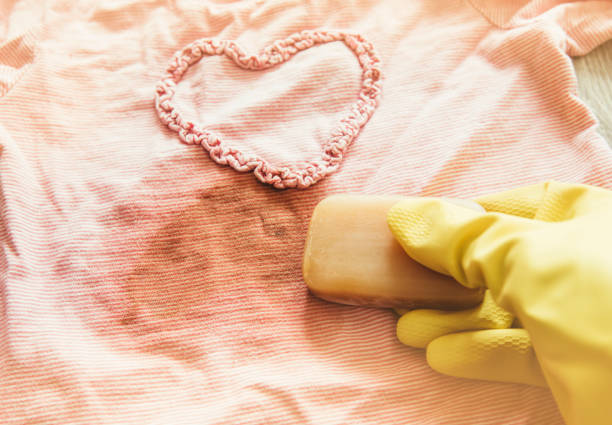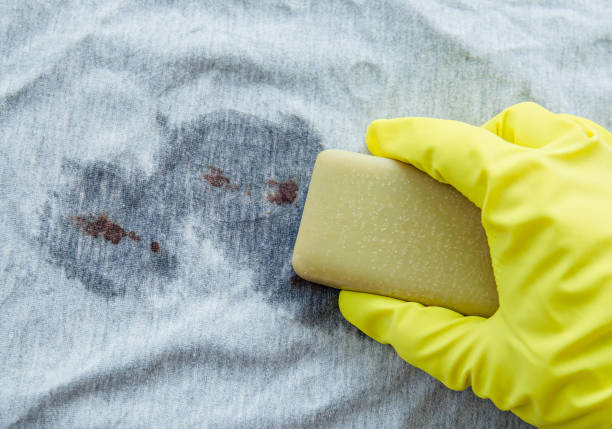Tips on how to remove and avoid cobwebs. Dust and dead insects collect in the unsightly cobwebs. These are particularly evident in the corners of the apartment and behind cupboards. We’ll show you the best way to remove them.
Everyone knows cobwebs and has them in their home from time to time. Cobwebs are hard to avoid, but you can easily remove them using a variety of devices and methods. Cobwebs can be removed with a broom, vacuum cleaner, or damp cloth without leaving stains on the wall.
How are cobwebs formed?

Spiders produce the cobwebs in their abdomens and use them to build their webs. They can produce one meter of threads per second. Since everyone has beneficial spiders in the house, cobwebs also happen. These are mostly ugly to look at. This is where dead insects and dust collect. Often the spiders can no longer be found. Therefore, you can calmly remove the dusty residue.
Removing cobwebs made easy
The remaining spider webs in the corners of the apartment or behind the closet quickly make the apartment appear dirty. If you want to remove the spider webs, they often leave dark stains on the wall. Therefore, you should only remove them carefully. We will show you which means will help you and how to avoid cobwebs. For a clean apartment.
1) Remove spider webs with the broom
The easiest method is to remove the spider’s webs with a broom. A hand brush is enough to free the corners of the floor from the weaves. For corners on the ceiling that are difficult to reach, you can use a long broom to help. It is best to sweep from top to bottom to avoid stains. If it does, read our tips on removing dust stains from walls.
2) Vacuum to remove
If spiders are still sitting near the cobwebs, then many use the vacuum cleaner. To do this, you can remove the floor nozzle and vacuum everything on the wall without leaving any stains. But that means an agonizing death for the dear little animals. Therefore, it is better to catch them beforehand and set them free. On the topic of vacuum cleaners, also read our other articles: Preventing a smelly odor from the vacuum cleaner and the best vacuum cleaners in comparison.
3) Duster against cobwebs
The feather duster is also a tried and tested remedy for dust and old cobwebs. Therefore, you should definitely have one in the household. Many feather dusters have a telescopic rod. So you can also remove spider webs that are difficult to reach. If you don’t already own a feather duster, you can find some inexpensive models online. Also, read our tips for dusting electronic devices.

4) Get rid of cobwebs with sticky cardboard
Getting rid of cobwebs can be particularly difficult behind radiators or heavy cupboards. But there is a solution. To do this, you have to stick double-sided adhesive tape on a piece of cardboard or cardboard. You can then use it to remove the weaves behind the heater. Because they stick to the tape. Also, note our tips for driving away flies.
5) Avoid cobwebs
Of course, it would be best if the cobwebs could be avoided. Since there are spiders in every apartment, there are also cobwebs. Accordingly, you would have to drive away from the spiders permanently. That’s very difficult. There are some tips circulating on the Internet that the little animals can be driven away with ultrasonic devices. It would be worth at least trying.







